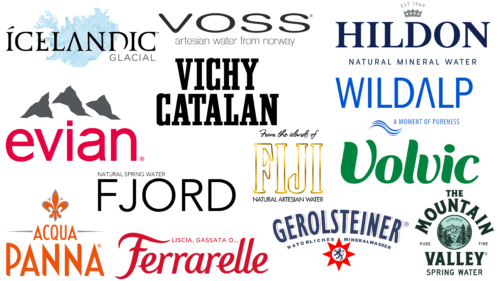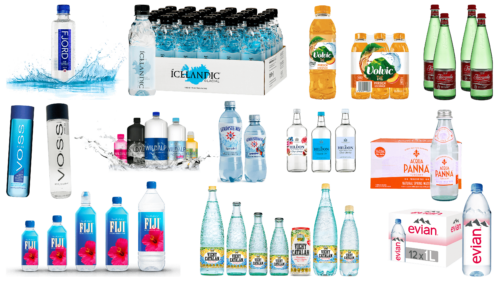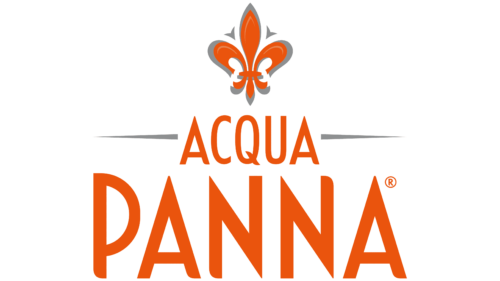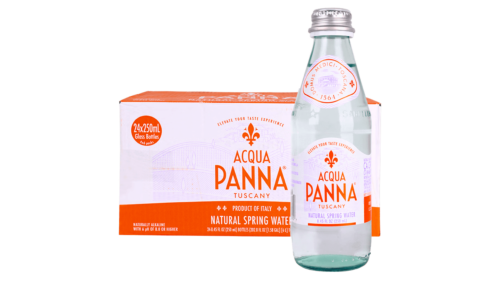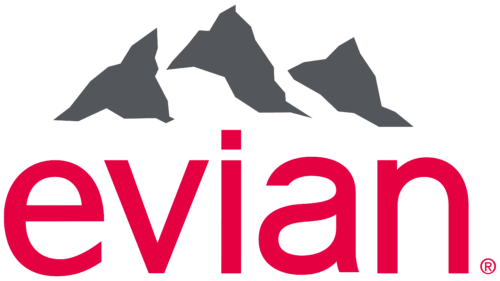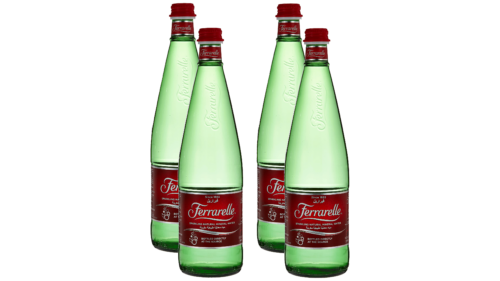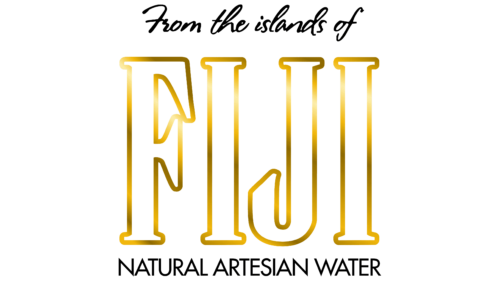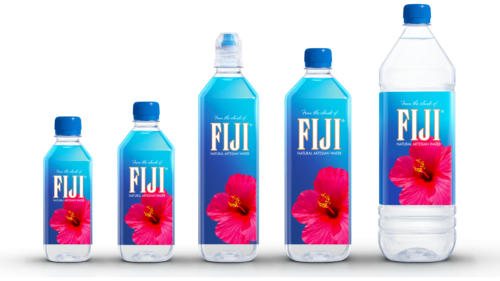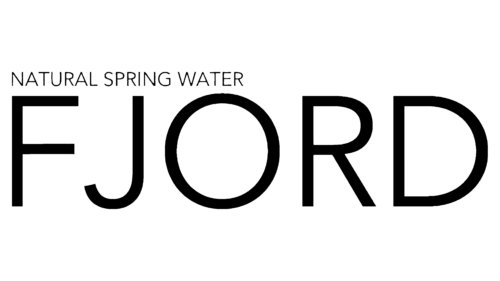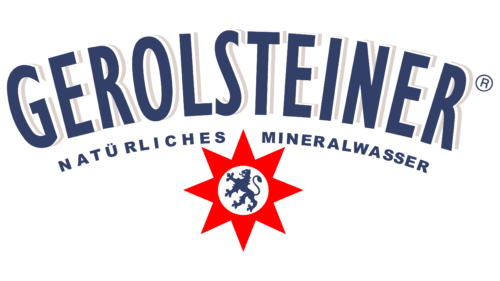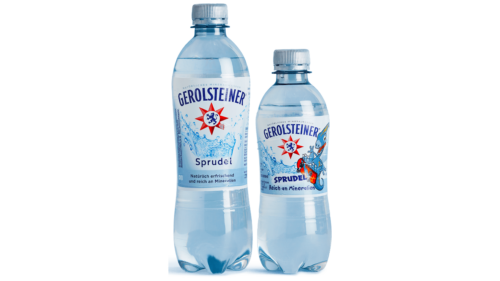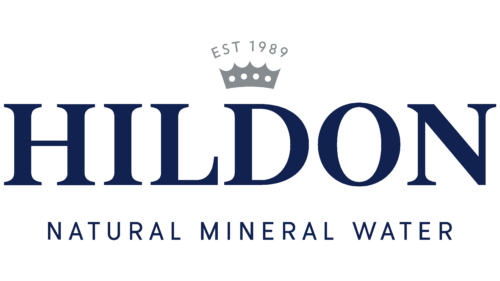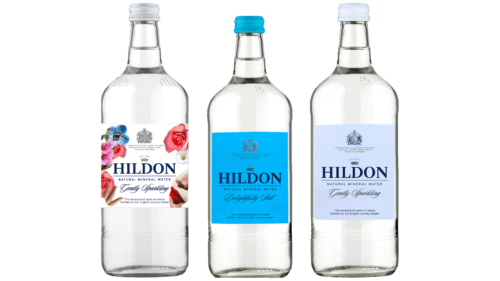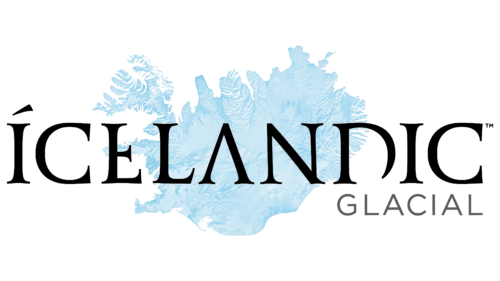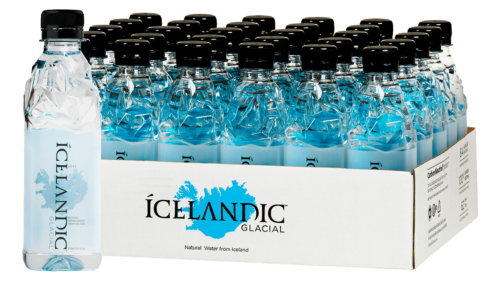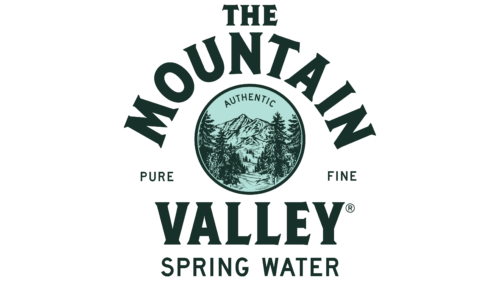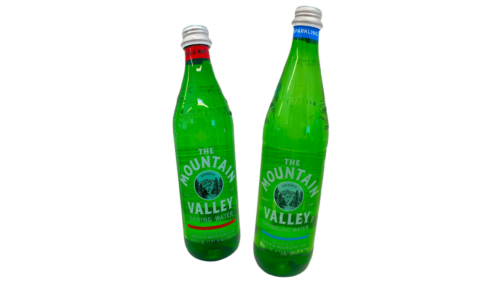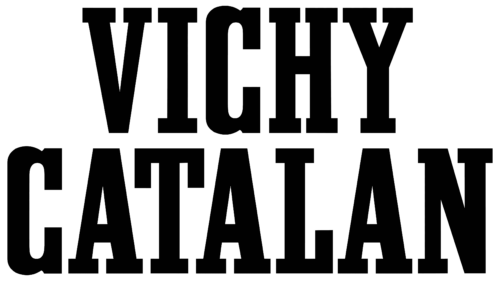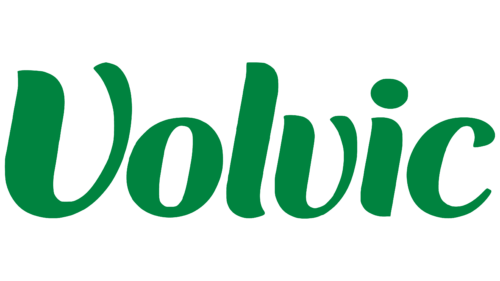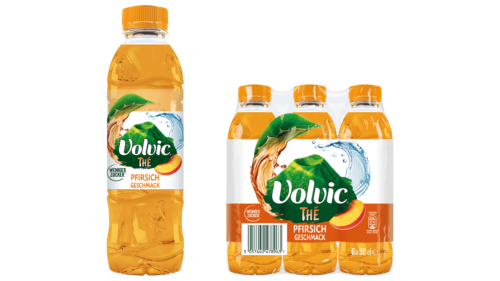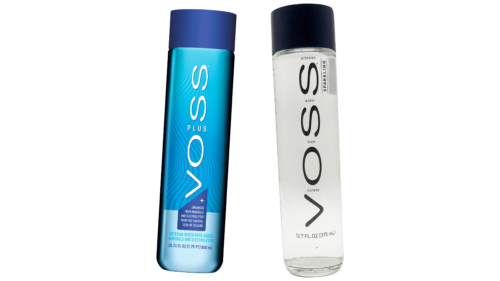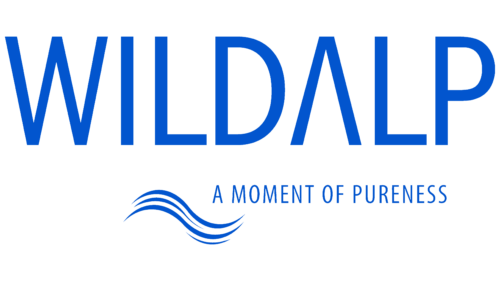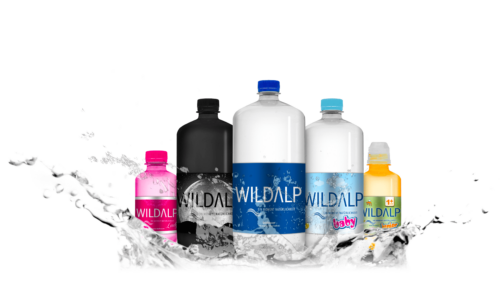Drinking water is the most important product on the planet. How could it be otherwise? If a person can live up to two months without food, dehydration leads to irreversible consequences in just a few days. This is due to the fact that the human body is about 60% water – it is even in our bones.
Poor ecology and climate change have a negative impact on nature, as a result of which the number of sources of clean, fresh water is decreasing every year. Not surprisingly, resourceful entrepreneurs have decided to capitalize on this global catastrophe by turning ordinary water into big business.
However, not all companies are equally conscientious. Some seek to attract customers with high-quality products, while others violate standards to reduce production costs and sell as much water of dubious origin as possible. We have compiled a list of the most famous brands with a good reputation and trustworthiness.
History of bottled water
It’s hard to say who first started selling bottled water. It is only known that this industry existed already in the XVIII century. One of its representatives was the Boston company Jackson’s Spa, which offered mineral water as a prophylactic remedy for various diseases.
In the XIX century, in some countries, bottled tap water, which underwent additional purification, became popular. The high demand for it was due to the fact that urban water supply systems at that time were not equipped with good filters, which periodically led to outbreaks of intestinal infections.
However, in the 20th century, people learned how to chlorinate tap water, which made it safe. As a result, the need to buy regular bottled water, which was essentially identical to tap water, disappeared. Thus, only products derived from therapeutic mineral springs remained on the market. The trend towards a healthy lifestyle contributed to the development of the business.
Analysis of the bottled water market shows that the demand for this type of product increases by 10% annually. Experts of Beverage Marketing Corporation went even further and calculated that about 460 billion liters of packaged drinking water are sold annually in the world. The most active buyer is China (almost 80 billion liters), followed by the United States (about 45 billion liters).
In many developed countries, tap water is of the same quality as bottled water, but people still prefer the latter. They are willing to pay for it despite the huge difference in price. In some places, this product costs even more than milk or gasoline. However, the main problem of bottled water is plastic. It was found that in 2016, American companies produced bottles from 2 million tons of plastic, which required at least 64 million barrels of oil.
Types of bottled water
Both carbonated and non-carbonated bottled waters can be divided into two main categories.
Water from natural mineral sources
Such water has a unique salt composition and is prescribed by a doctor after confirming the diagnosis. Uncontrolled use of such therapeutic drinking products can be harmful to health, especially if there are contraindications. Mineral waters are divided into several groups:
- chloride – stimulate the secretion of gastric juice, increase its acidity, activate the work of the pancreas;
- bicarbonate – reduces stomach acidity;
- sulfate – accelerates intestinal peristalsis and has a choleretic effect;
- low-mineralized (so-called table water) – suitable for everyday consumption.
Artesian water is also considered mineral water. It got its name thanks to the artesian wells used for its extraction.
Processed tap water
Some manufacturers use ordinary tap water, subjecting it to additional purification. Compared to mineral water, it contains much less dissolved salts and iron, so deep filtration is not costly. Such water can be:
- fresh – containing up to 0.5 parts per thousand of salts (has no contraindications);
- artificially mineralized – mixed with various salt solutions to imitate natural mineral water.
TOP bottled water brands
The drinking water market is divided between large transnational corporations. The leading positions are held by the American companies The Coca-Cola Company and PepsiCo, Inc. The first manufacturer owns such brands as Valpre, Dasani, BonAqua, and Glaceau Smartwater. The second owns Aqua Minerale and Aquafina.
The French company Danone Group also has bottled water. It is sold under various trademarks, the most famous of which are Volvic and Evian. The Swiss corporation Nestlé S.A. owns a number of specialized brands: Poland Spring, Deer Park, Panna, Contrex, Vittel, San Pellegrino, and Perrier.
There are many highly reputable bottled water producers on the market. However, our list includes only 13 of the most popular brands that stand out for something unusual, such as history or unique sources of fresh water. They are listed in no particular order. Most of them sell both carbonated and non-carbonated water.
Acqua Panna
Acqua Panna is an Italian brand, but it is owned by the Swiss company Nestlé. It sells artesian water, which is underground mineral water extracted from an artesian well. The source is located in a nature reserve in the mountainous part of Tuscany, where high hills are densely forested.
The untouched and ecologically clean nature is not the only reason for the appearance of Acqua Panna. This brand appeared thanks to the oligarchic Medici family, who liked to vacation at Villa Panna and receive guests there. They were the first to pay attention to the local water. In 1860, the Marquis Torrigiani began to pour it into huge 54-liter bottles and sell it.
The artesian spring is characterized by a low sodium content and a large number of sulfates and bicarbonates. Its water has a balanced flavor and is therefore suitable for cooking various dishes.
Evian
The French company Evian is part of the multinational corporation Danone. It produces bottled water taken from several springs in the elite resort town of Evian-les-Bains.
Local water was recognized as useful as early as 1789. But it did not become popular until the 1800s when a Geneva entrepreneur bought the springs and founded the Société des Eaux Minérales d’Évian, which soon went bankrupt. Another attempt to produce bottled water was made in 1859 when Parisian investors created the company Cachat Mineral Waters SA. It became the ancestor of the modern brand Evian.
The uniqueness of the water lies in the fact that it seeps through layers of underground rocks, purified and filled with minerals, and then enters the mountain springs. The whole process of natural filtration takes about 15 years.
Ferrarelle Naturally Sparkling Mineral Water
Ferrarelle mineral water is naturally gassed, not in a factory, but underground, passing through the bowels of the extinct volcano Roccamonfina. It rises up and erupts as a fountain from underground in the center of the Sorgenti di Riardo Park. The cold geyser is surrounded by groves of oak and olive trees that improve the local ecology.
Ferrarelle itself was founded in 1893. However, Italians have been using this unique source for more than ten centuries, as this water has a pleasant, rich flavor. It contains a large number of minerals, including:
- fluoride;
- magnesium;
- potassium;
- calcium.
This water is much more balanced than carbonated water and tastes better than non-carbonated water. However, it should be noted that due to its high acidity, it is not suitable for everyone.
Fiji
Previously, this brand was called Natural Waters of Viti Ltd. But a few years after its foundation, it was renamed in honor of the island country on the territory of which its factory is located. Interestingly, Fiji Water itself is registered in the US, and its headquarters are located in Los Angeles.
The source of clean and fresh water is an artesian well drilled on the northern coast of the island of Viti Levu. It is bottled in plastic bottles and shipped overseas to more than 60 countries. Ironically, 12% of Fijians living near this production have no access to quality drinking water. Until 2018, this percentage was four times higher, but a Fiji company has set up a fund to provide people with free filters.
Fiji positions itself as a premium bottled water. Its benefits are:
- higher electrolyte content;
- mild flavor;
- original square bottle.
FJORD
Fjord Water was founded in 2014 through close cooperation between the international firm Gunderson Dettmer and the Norwegian government. It produces bottled water that meets high standards. For this purpose, laboratory analyses are carried out hourly at the plant to confirm the quality of the product.
Fjord’s homeland is the picturesque Norwegian municipality of Fyresdal, known for its forests, mountains, and narrow sea bays. It is considered one of the most ecologically clean places in the world, which makes the local water healthy and safe. Thanks to its balanced composition and low mineralization, it is suitable for daily consumption.
Fjord is spring water from the Telemark spring, where the temperature never drops below 8 degrees Celsius. Consumers note its refreshing, slightly sweet taste and convenient bottle shape.
Gerolsteiner
German company Gerolsteiner Brunnen GmbH & Co. KG sells mineral water under the Gerolsteiner brand. It is named after the town of Gerolstein, where the first well was drilled in 1888, which started a major business. The local water became popular due to its high carbon dioxide content. Even Buckingham Palace drank it.
In the first years, bottled water was sold only in Germany, but then it began to be exported to Australia, the United States, and other countries. At the same time, the company had to reduce the concentration of carbon dioxide in order to meet modern market trends.
Due to the balanced amount of bicarbonate, magnesium, and calcium, the water has a pleasant, fresh taste with nothing extra. However, it should be noted that it is very acidic: its pH is almost the same as that of rainwater.
Hildon Natural Mineral Water
The British company Hildon does not just extract water and sell it – it protects its source so that the surrounding nature remains ecologically clean. The field is located in the Hampshire countryside, which is characterized by a very rich flora and fauna. There is an ancient estate underneath which, at great depths, the water is filtered through unique layers of limestone. This removes all harmful impurities.
The company does not change the chemical composition of the product but only slightly saturates it with carbon dioxide before bottling it in the branded Bordeaux bottles. Hildon’s neutral acidity makes it ideal for wine and food tasting.
Icelandic Glacial
The Icelandic Glacial brand is owned by Icelandic Water Holdings, a company founded in 2004. Its homeland is Iceland, a unique place with a pristine ecosystem. It is there that the Ölfus spring, formed as a result of a volcanic eruption, lies deep underground. It is replenished by precipitation and snow melt. The water filters through layers of solidified lava and enters an underground reservoir, from which it then flows into the ocean.
Iceland’s glacial automated plant extracts this water by maintaining a special pressure that eliminates contact with the surrounding air. It is bottled directly from the source without further purification or mineralization. This product has a pleasant taste and does not need to be treated, as it is created by nature itself. The sculptural neck of the bottle in the shape of a glacier emphasizes its crystal clarity and freshness.
Mountain Valley Spring Water
The birthplace of Mountain Valley Spring Water is the resort town of Hot Springs in the American state of Arkansas. There is a protected spring with a unique mineral composition. This water became famous in 1871 when a local pharmacist began bottling it and selling it under the name Lockett’s Spring Water. He later rebranded and renamed the brand after a small nearby settlement.
Clinical trials have proven that this water helps with rheumatism and liver and kidney disease. No wonder it was favored by U.S. presidents and other influential people: Gene Tunney, Joe Louis, and Elvis Presley.
Vichy Catalan
The Vichy Catalan brand is named after the thermal spring near which the bottling plant is located. The cozy paradise in the Spanish municipality of Caldas de Malavella has been used for hydrotherapy since ancient times: archaeologists have found many fragments of Roman baths here.
In 1889, the production of bottled water began here. It appeared on the shelves of pharmacies and was sold as a remedy for hypertension and liver and stomach diseases. Over time, people began to drink it without a prescription.
In 1959, the plant was mechanized, which increased sales by 3.5 times. Of course, the growing popularity of water affected its physical and chemical properties. The high content of carbonates and salts, as well as the excellent taste of Vichy Catalan, made the brand famous all over the world.
Volvic
The Volvic natural mineral water spring is located in the Chaîne des Puys-Limagne rift, where 80 volcanoes stretch in a long line. This area, with its unique landscape, is the result of a phenomenon that led to the splitting of the continents. It is recognized as a UNESCO World Heritage Site. Its integral part is the volcanic impluvium, a large deposit of groundwater.
The first spring in this region of France appeared in the 1920s. By the end of the 1930s, it became the basis of business: people began to willingly buy bottled water extracted at the foot of dormant volcanoes. It is naturally filtered through solidified lava and enriched with beneficial substances along the way.
Volvic water is light enough – it does not contain excessive minerals, so it can be consumed daily. It is excellent for quenching thirst and contains sufficient sodium, potassium, and magnesium.
Voss
Despite the name, Voss still and carbonated water is bottled not in the municipality of Voss, but in Iveland. It is there, in the picturesque village of Vatnestrøm, where there is an artesian well – a unique source among the Norwegian glaciers.
The local water has a refreshing and light taste, as it has a low overall mineralization. This makes it suitable for daily consumption. At the same time, it contains a sufficient amount of magnesium and calcium, which are involved in the most important metabolic processes, and is practically free of nitrates and fluoride.
The brand belongs to the American company Voss of Norway AS, so the products are focused on the United States, although they are sold in several dozen countries. You can recognize this water by its trademark cylindrical glass or (less often) plastic bottles.
WildAlp
WildAlp is a trademark of the Austrian company Wildalpen Wasserverwertungs GmbH, which has been selling water from the Hochschwab mountain range since 1999. This area, located in the Northern Limestone Alps, is rich in natural resources. One of the local treasures is the underground springs with natural filtration: the water is purified and oxygenated by passing through karst formations.
WildAlp products are suitable for both children and adults because they contain very few minerals. The low sodium content makes this water ideal for those on a salt-free diet. It quenches thirst, improves digestion, and maintains energy balance. Of special note is the WildAlp Fullmoon line, a unique water bottle only during the full moon.
FAQ
What are the benefits of water?
Our blood consists of at least 90% water, our brain – 75-80%, muscles – 75%, and bones – 25%. That is, water is the basis of the human body, and its lack can lead to death. It helps convert food into energy, participates in the transportation of oxygen, nutrients, antibodies, and hormones, and assists in the absorption of vitamins, minerals, proteins, fats, and carbohydrates. Thus, it indirectly supports the immune system.
In addition, water maintains the shape of organs and is involved in regulating body temperature. It also improves skin health, as youth and health are directly dependent on regeneration. When dehydration occurs, the process of cell renewal stops.
How much water should you drink per day?
It depends on the weight and age of the person. On average, an adult drinks 2-3 liters of water per day. However, there may be restrictions related to health conditions. For example, if you have kidney stones or a tendency to severe edema, you should drink less liquid.
How to choose the right water?
Bottled water of world brands differs in taste, composition, and even shade since it is extracted in different places. Ideally, it should be:
- clean – from it should be excluded substances that can cause health problems;
- balanced – drinking water should have the correct hardness, acidity, alkalinity, and salt content.
- natural – the best sources are considered to be springs, artesian wells, and cold geysers.
Buying bottled water, pay attention to the label, primarily on the composition and purpose. A product with high mineralization may not suit everyone because it is a medicinal product with its indications and contraindications. Another significant factor is the shelf life. In a plastic bottle, water can remain safe for up to 18 months, and in glass containers – up to 2 years.
What can water be made from?
A water molecule consists of one oxygen atom and two hydrogen atoms. However, simply mixing oxygen and hydrogen will not produce water. First, combining them requires a large-scale chemical reaction that could result in a significant explosion. Second, drinking water contains huge amounts of dissolved substances:
- magnesium;
- copper;
- iodine;
- fluoride;
- chlorine;
- potassium;
- calcium;
- iron.
Their amount is determined by such an indicator as mineralization. The greatest amount of impurities is contained in mineral water, including artesian water. The lowest content of dissolved substances is in glacial meltwater.
